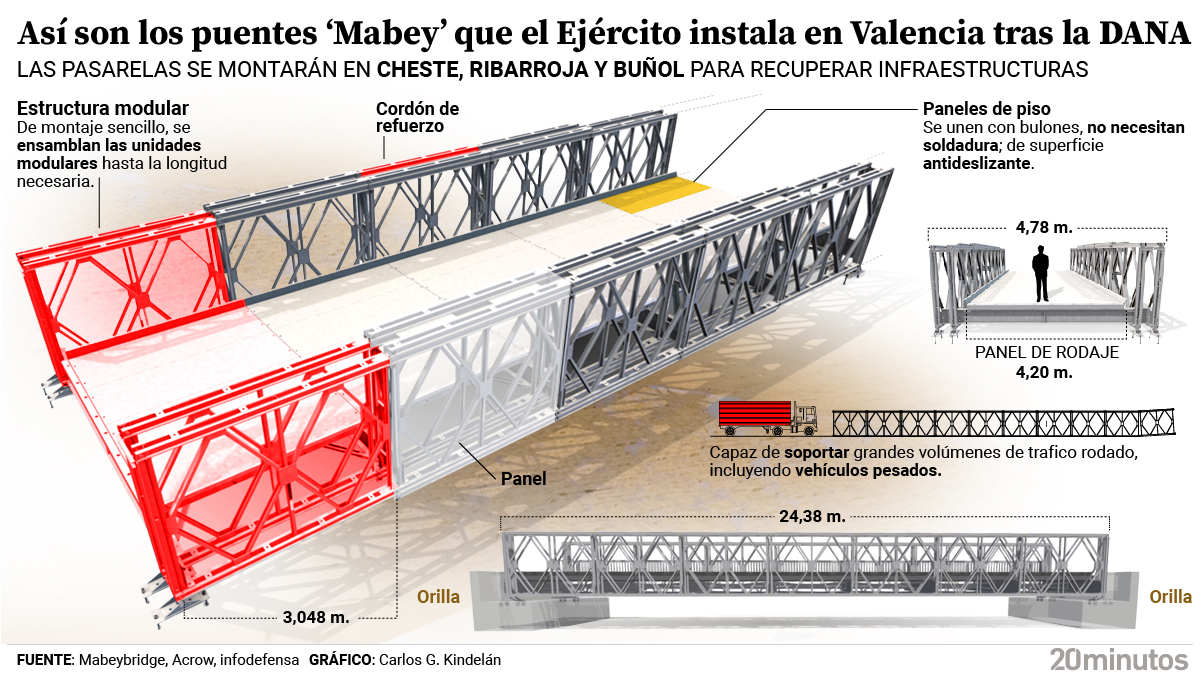The ‘lightning avenue’ that on October 29 devastated the metropolitan area of Valencia carried 30% of sediments over the total volume of the floodwater, an index considered “high”, although within the norm for this type of extreme weather phenomena.
This is clear from a study of the flooding of the Poyo rambla of that day carried out with the TETIS model of the Hydrological and Environmental Modeling Group (GIMHA) belonging to the Institute of Water and Environmental Engineering (IIAMA) of the Polytechnic University of Valencia (UPV).
The president of the Spanish Water Technology Platform and professor of Hydraulic Engineering at the UPV, Félix Francés, explained that This rate of sediment and debris caused a 50% increase in density.
The expert has pointed out that the floods in the DANA of Valencia caused by the Rambla del Poyo and other ravines to the south of the capital were of the “lightning avenue” type, in which “the increase in flows is very rapid and a wave front is formed that moves rapidly through the network of channels”.
Drag of stones, logs, branches and reeds
According to Francés, this front generates a characteristic noise due to the dragging of stones, trunks, branches and reeds, among other materials, in such a way that you could hear the flood coming. Lightning floods form in ephemeral rivers, that is, that run dry most of the year, and in basins with a steep slope and relatively small.
Added to all this is that they are found in climates that can generate torrential storms of similar duration to the response time of the basin, a combination of factors that provides a “short reaction time” for the emergency system.
The speeds that the water takes, the flow peaks and the significant transport of sediments and debris increases the density of water flow and, according to the professor, it favors the buoyancy and drag of objects found in the flow of the flood, such as vehicles.
Sediment cleaning
The sum of these characteristics means that cleaning sediment from ground floors, streets and sewers is, in general, one of the main costs of the recovery process after a flood. In the particular case of the sewage network, the cost of cleaning can be so high that sometimes the total or partial new construction of the network is resorted to.
The professor and president of the Spanish Water Technology Platform has shown that in developed countries the majority of victims occur with this type of ‘lightning avenues’ and related in some way to cars. “If it is not also raining in the area that is going to flood and the warning mechanisms fail, we have an explosive cocktail”French added.



